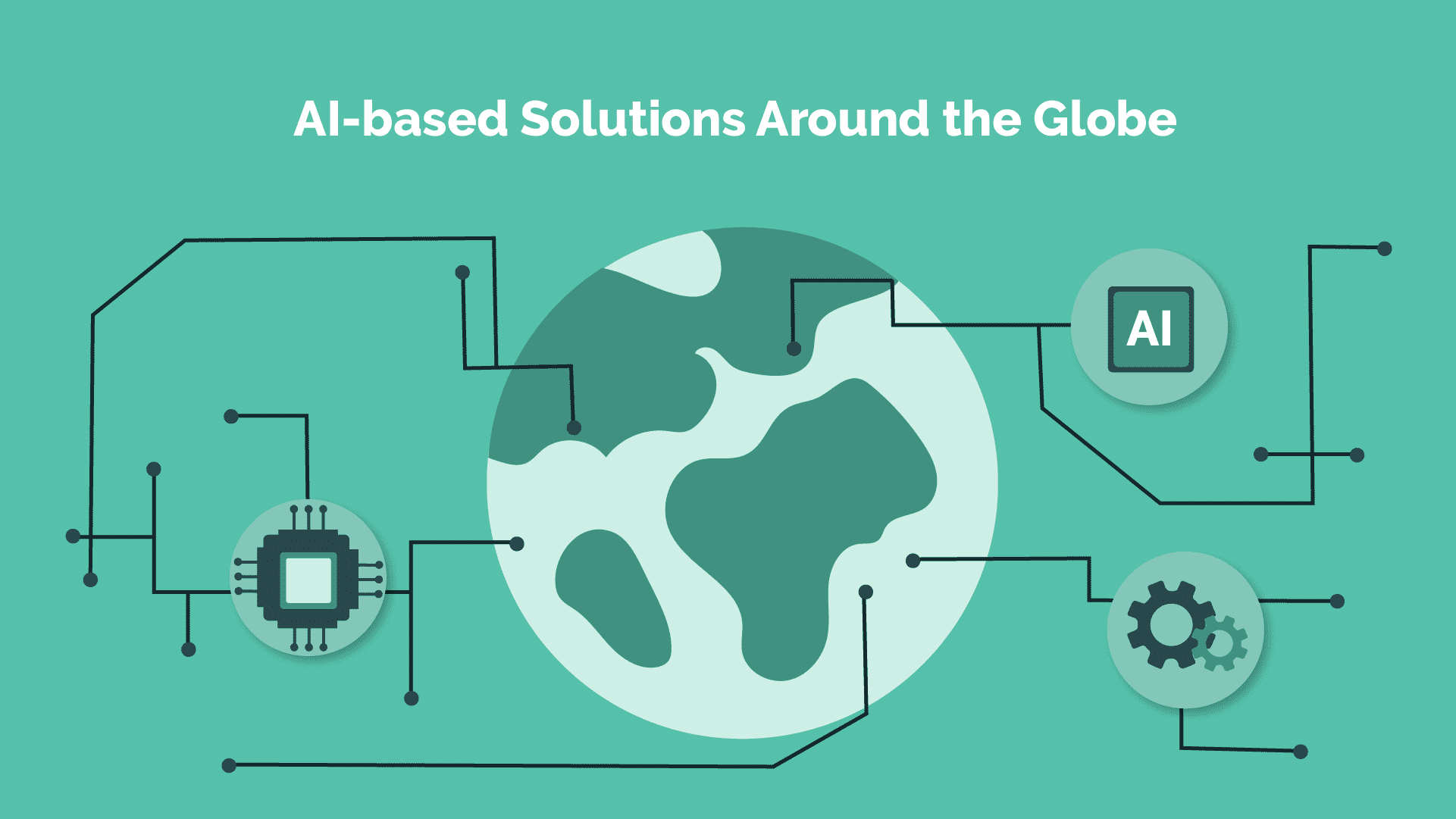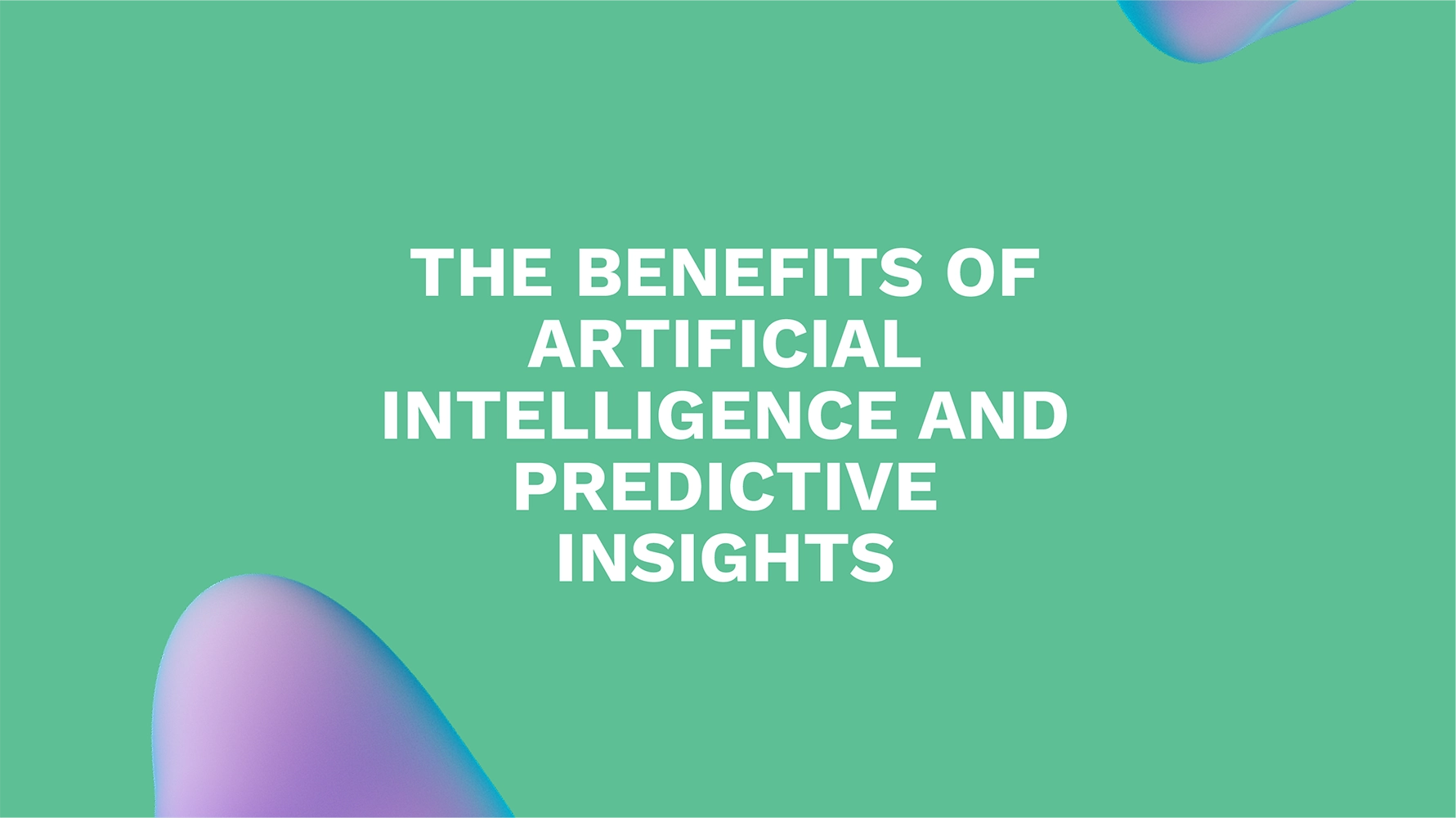What is the state of artificial intelligence (AI) and predictive insights, and how can businesses use this form of technology to gain a competitive advantage?
According to Insider Intelligence and eMarketer, the traditional ways in which advertisers use data are changing. This is due to data protection laws that are now more strict, as well as the changes that pertain to sharing third-party data. In order to meet this type of challenge, businesses can consider the use of AI-powered predictive insights.

The future of identifiers
An interview with Jurgen Galler, the CEO of data management platform 1plusX, provided a better understanding of this technology. According to Galler, in order to create value using raw data, one must observe the interactions, trends and behaviours of the information closely. This means going beyond the data provided by users. Value is found when a business is able to conduct targeted advertising and create personalized content.
In terms of the future, it may be more complicated due to the variety of identifiers available. For example, these may include first-party cookies, third-party cookies, as well as log-in and mobile identifiers.
Contextual identifiers are another factor that business should consider because they encompass what a user is reading or what video they are watching. With the power of AI, tracking and targeting can become adaptive as well. In turn, this can create an audience that goes beyond an email listing.

AI-based solutions around the globe
What about AI-based solutions around the globe? According to Galler, these solutions gained traction in Europe despite taking time due to the country’s data-sharing and privacy laws being ahead of the curve.
It was noted that seeing the arrival of the General Data Protection Regulation (GDPR) allowed the implementation of relevant features. However, businesses also waited before they realized that they needed new strategies in terms of targeting data. When big brands wanted to work with media companies that abided by GDPR-style data processing rules, the latter party had to prove their compliance.
As for other countries, Galler said that there exists specific privacy rulings, and that will only increase over time. Therefore, it’s important to have a strong and customized data setup in order to maintain that level of compliance.

The consumer stance on data collection
The change in data collection policies and the evolving strategies that businesses use for the sake of targeted advertising can be positive to consumers. If consumers understand what is happening behind the scenes, then they would be comfortable with their data becoming contextual identifiers.
An example of this would be reading an online newspaper and allowing the publication to collect data. In turn, this information can be used to provide a user with a better experience. One could receive more accurate content recommendations due to their personal preferences.
In terms of the next step for media companies, it is to allow consumers to have more control over their data. A dashboard, for example, can be used to let users customize what information they wish to share with companies. This would help in terms of increasing transparency.
